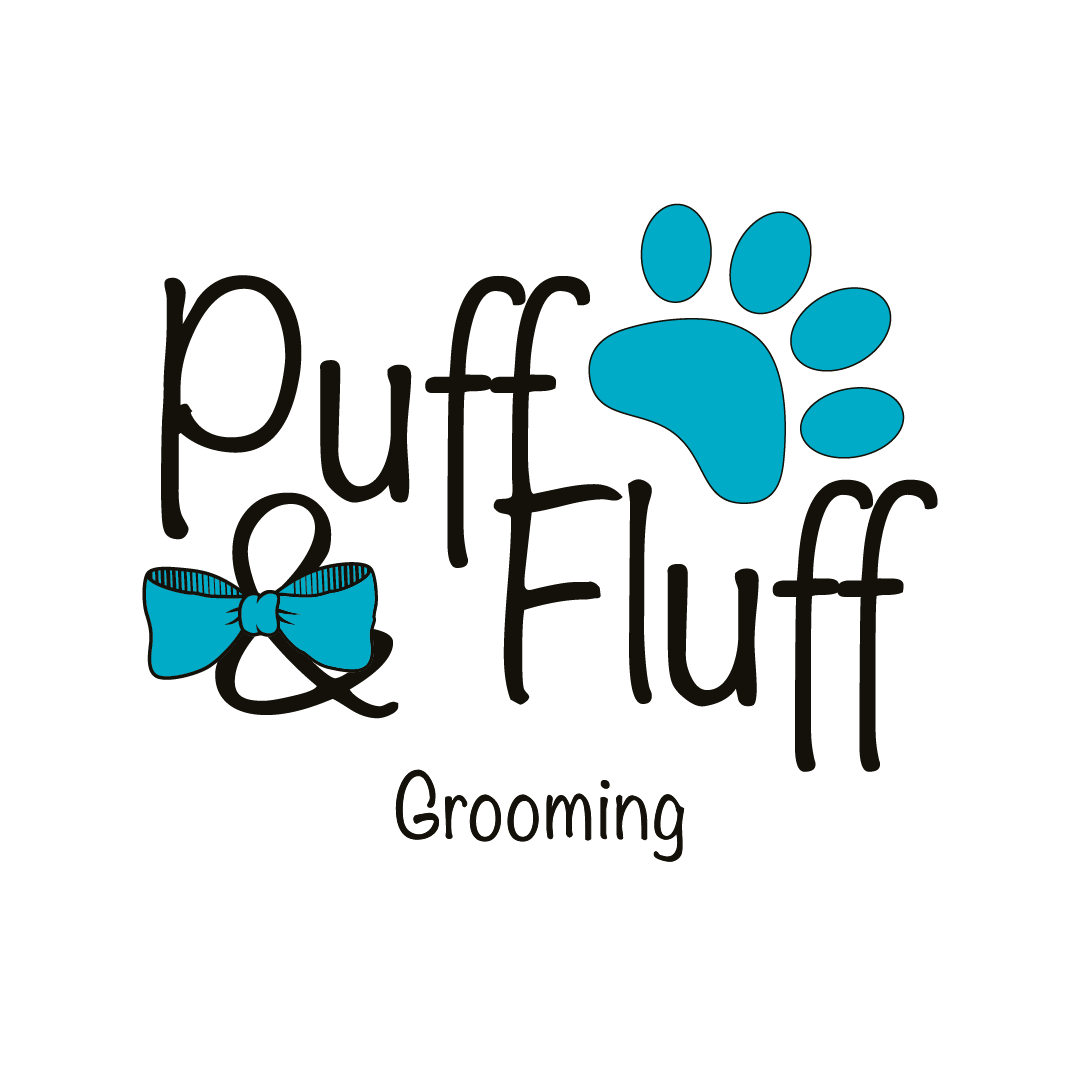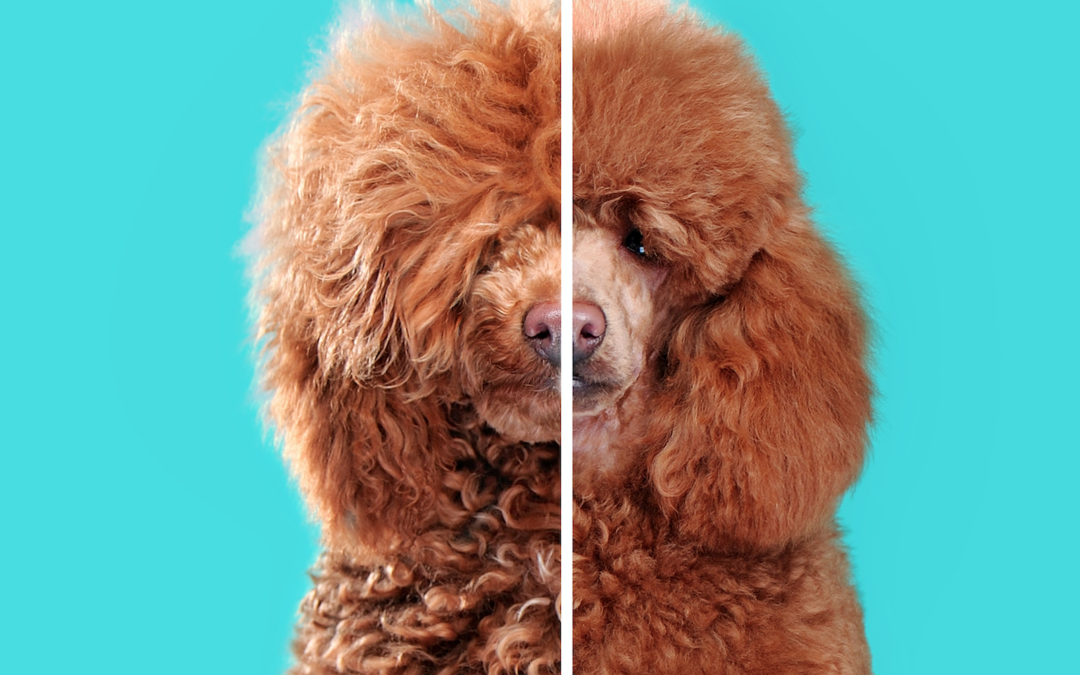Grooming is essential for our pets because it’s one of the many ways to take care of them. However, you need to ensure that your dog will love the grooming procedure, or else you’ll have a hard time keeping it still. Grooming your dog is also a way of strengthening your bond with the dog. Getting a top-quality scissor for your dog grooming is important and on this site, Grooming Scissors Direct you will find the best range of tools that will last a lifetime.
Having trouble finding the perfect grooming items for your pet? Check this website: https://petsumer.com/best-cat-brush/. It may provide solutions to your problems.
Why Dogs Need Grooming
A dog is considered a man’s best friend. Thus, it’s essential for you to know all about your dog’s cleaning and grooming care needs. Grooming is one of the ways to keep the dog healthy and happy.
Brushing and grooming are essential parts of general dog care. They help remove loose hair and prevent knots and tangles. Dogs have natural oils that come out from their skin, and brushing their hair helps spread these oils throughout the hair to make it look healthier and shinier.
Specialized canine care or grooming is a pleasant method to spend the day. Moreover, it’s easier than it looks. Before you begin prepping your pooch, ensure that you have all the equipment for grooming your dog.
Here are the basic supplies you need at your home for grooming your dog.
- A High-Quality Hairbrush
Dogs need periodic brushing whether they’re short-haired or long-haired. Most short-haired canines shed their fur. Brush your dog’s coat once it is dry. This will remove dead hair, etc. Start at your dog’s head and take care when you reach the underside so that you don’t hurt it.
Choosing the correct brush can get rid of loose hair and spread your dog’s natural oils through his coat for a great sparkle. Pets deserve a high-quality brush, for it’s one of the essential tools required for making their coats vibrant and beautiful. However, you need to know about the different kinds of dog brushes. When you use the wrong type of brush, your pet will show discomfort and also feel pain.
- Slicker Brushes- They’re distinctively rectangular in shape and have wire bristles packed tightly together. A slicker brush is primarily used to untangle the knots on a dog’s coat and remove the dirt. It’s suitable for many dog breeds, including Golden Retriever, Cocker Spaniels, and other dogs that have long hair. Always bear in mind not to put too much pressure on it because the wires may cause discomfort to the dog. You don’t want your dog to yank when you are brushing.
- Rakes- Mostly used for penetrating a dog’s thick coat, rakes remove dead undercoat close to the skin. Rakes also remove tangles and leave a healthy top coat. Rakes have two rows of tightly-spaced pins like a shaving razor. A short rake will miss the internal layers on the undercoat, while one that’s too long can bother your dog’s skin. It’s also to be used with minimal pressure so that it won’t hurt the skin. So, be gentle while using it.
- Bristle Brushes- They’re made of stiff hair or bristles. A bristle brush is used on short-haired breeds such as Italian Greyhounds and Terriers because it stimulates the skin. The natural bristles on the brush can remove loose hair. The brush has fine and short wires close to one another on a flat surface. The angled pins remove mats and tangles from short-medium haired or curly-haired breeds. There are many kinds of bristle brushes so make sure that the one you choose is the correct size for your pet.
- Pin Brushes- When you see a brush that has broadly divided wire pins and metal or rubber ball-like ends, you know that it’s a pin brush. It’s an excellent grooming tool for dogs with middle or long fur, like Chows, Collies, Golden Retrievers, and Lhasa Apsos. The brush helps to prevent tangles and mats. Pin brushes are for regular maintenance and you can’t use them with short-haired breeds like Chihuahuas and Terriers. There are other brushes that are more suitable for these breeds.
- A Good Comb
It’s mostly used for keeping the long-haired breeds in great shape. This is used after you slicker the brush from snout to the end of the dog’s tail. It also removes tangles and makes it easier to look for trouble spots.
- Coat Spray
You don’t have to brush or comb the dog’s fur all the time, especially when it’s very tangled. Do not force the brush through it because it will cause discomfort to your pet. Use a coat spray to make a dog’s dull hair shiny, and also to moisturize and rehydrate the pet’s skin and fur. The spray has benefits that make your pet healthier and prevent skin diseases or problems like dullness.
- Bath wipes for a quick clean up
Wipes can help wipe off dirt, stains, and odors. These can be helpful for those busy owners that have tight schedules. Wipes are useful for quick cleaning and are very easy to use.
- Shampoo
Shampoos are useful in cleaning and expelling unpleasant smells from your pet’s hair while also treating various skin conditions. The regular accessibility of hydro-showers and canine specialists makes shower time much less complicated for everybody.
Do not use human shampoo. Shampoos designed for people are considerably more acidic than those for dogs. So, using a human shampoo can disturb the equilibrium of a canine’s skin. Use a great dog shampoo that’s free from unforgiving synthetic concoctions. Diluting the shampoo with water will make it simpler to wash it out later.
- Conditioner
In choosing your pet’s conditioner, you have to consider your pet’s coat and skin. It’s best to consult a veterinarian. Dog conditioners work by replacing the natural oils on your dog’s skin and coat that the shampoo removed. It can leave your pet’s coat shiny and smooth. Always be sure to rinse your pet thoroughly after applying conditioner and shampoo. Humans have skin that’s slightly acidic, with a pH of around 5.5. The pH of dog skin is more than 6. Therefore, human shampoo won’t work on a dog’s skin.
- Drying Tools
There are four main methods of drying and these include the following:
- Fluff Drying- Fluff drying is noteworthy and essential in preparing long-haired dogs, especially the Poodle, Afghan, and Old English Sheepdog, to name a few. In fluff drying, the hair isn’t simply dried, it’s fixed as well.
- Cage/Kennel Drying - It’s commonly used on short breeds or on those whose coats don’t require a helped or a straight appearance. While using this strategy for drying, a dedicated dryer is added to the pen, and the dog is placed int eh walled-in area on a towel until it is dry. Always be sue tat the space for drying is ventilated on the top and on the sides. If this vital step isn’t taken, the dog may gag,. Advancements have introduced us to the high air volume dryers which have no glow
● Cage/Kennel Drying- It’s commonly used on short breeds or on those whose coats don’t require a helped or a straight appearance. While using this strategy for drying, a dedicated dryer is added to the pen, and the dog is placed in the walled-in area on a towel until it is dry. Always be sure that the space for drying is ventilated on the top and on the sides. If this vital step isn’t taken, the dog may gag. Advancements have introduced us to the high air volume dryers which have no glow. This unimaginable breeze stream accomplishes powerful drying quickly and safely. For a situation where a dog is enormous for the pen, it may be more comfortable on a table and should be dried with a stand dryer.
- Force Drying is the utilization of the speed/constrained dryers. These are air units that produce warm air at high speeds. They can be used for drying and help to avoid undercoat shedding. They also help to evaporate the water quickly during wrapping. Care must be taken not to blow the air directly into the canine’s face or other sensitive zones. Try not to hold the dryer close to the body since there’s a possibility of exasperating or damaging the skin.
- Towel drying is ordinarily used on very short-haired breeds. The coat is rubbed with the towel until it’s dry. This technique is used often, especially if other arrangements aren’t available at home. It’s important not to take the canine out until you are sure that the coat and skin have totally dried.
- Nail Clippers
Long nails can cause various problems when your dog is walking. Joint inflammation is also possible. The nail can even bend into the stack of the pooch’s foot. Cutting your dog’s nails can be frightening. It can also be upsetting for your dog. Talk to your vet before you start nail clipping at home. You must cut the thick pooch nails, whether or not your canine has dull or clear ones. Canine nail scissors look like scissors or a guillotine.
- Hair Clippers
Use clippers as they’re safer and faster than scissors. However, the clippers must not be blunt. Otherwise, they’ll pull the hair of your pet dog. Clippers have guards that help you to cut your dog’s hair to the length of your choice. So, remember to use the clipper which suits your dog.
Final Thoughts
Choosing the best grooming tools for your dogs is a way of telling how much you love them. Dogs are a part of your family and you want the best for them. Choosing the wrong tools may make your dog uncomfortable and harder for you to groom. So, follow the tips above to make wise choices. Make your dog’s home grooming an incredible experience! For more information about taking good care of a dog, nutrition, training, and activities for any dog conditions such as pregnancy, and more, visit Anything German Shepherd!

